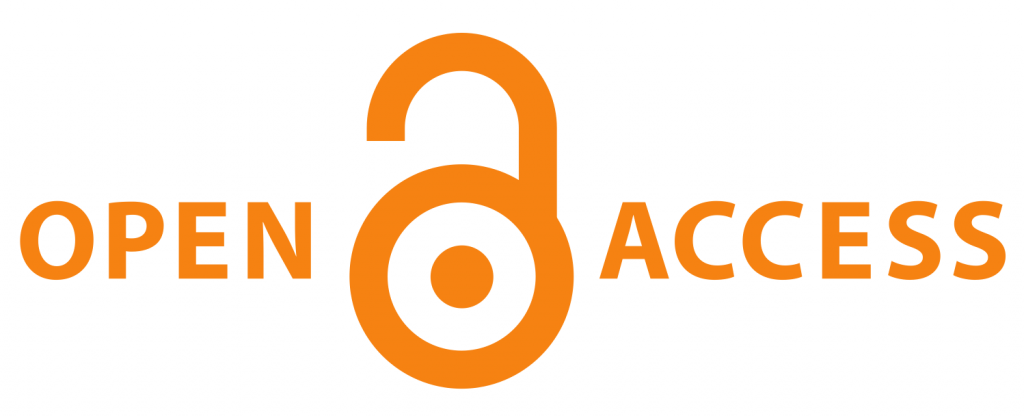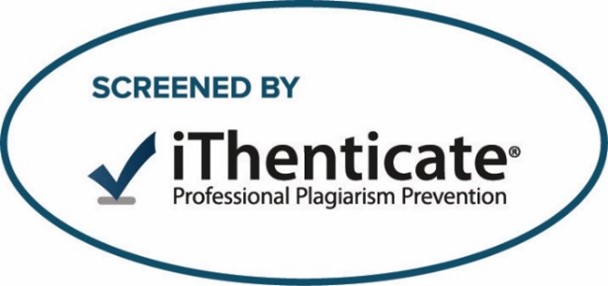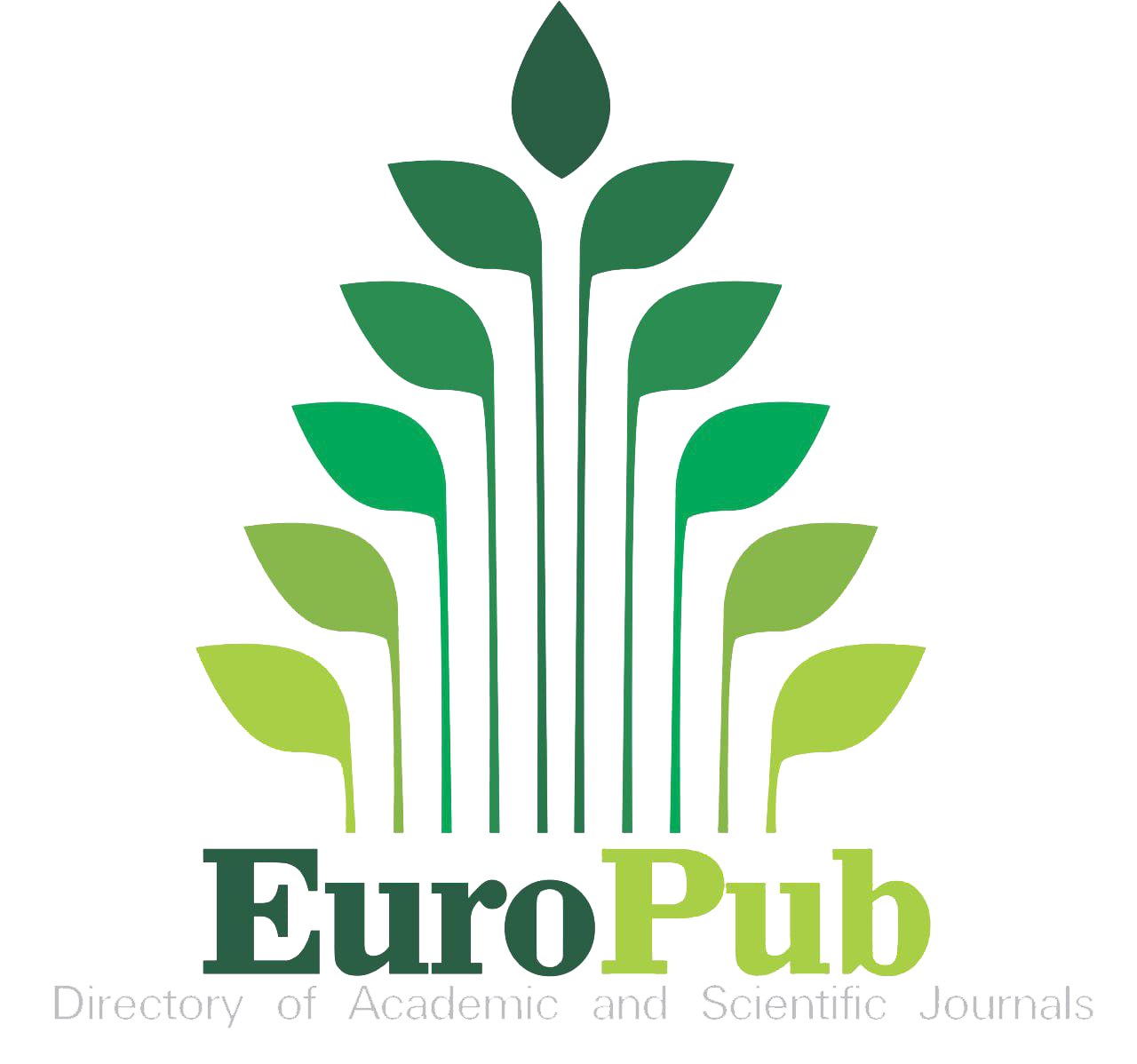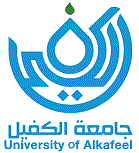Abstract
All human beings are affected by soil directly or indirectly. This study focuses on the effect of radon gas and related radiological risks using SSNTDs, specifically CR-39 detectors, in eighty secondary schools in Najaf and Kufa cities, Najaf Governorate, Iraq. As we recognize the importance of soil and its strong connection to humans, the study focused on areas where public and private schools were built, where students are present, and the potential for radiation risks to affect students' health. The results show that the average concentrations of C, CRn were 64.329±59.149 Bq / m3 and 3150.699±2897.036 Bq / m3 respectively, and for CRa and CU were 4.425±4.077 Bq / Kg and 1.993±1.881 ppm. At the same time, radiological risk values of AED, EM, Es, and ELCR were 0.264±0.241 mSv/ yr, 0.815±0.750 ( mBq/Kg.h), 62.153±57.149 ( mBq/m2.h), and 0.923±0.843, respectively. So that all values were under acceptable limits, except for twenty-eight samples for C and eight samples for CRn. Meanwhile, the concentrations of radiological risks were all under acceptable limits according to the World Health Organization. Radiation maps were drawn using GIS techniques, and a statistical analysis with SPSS was used Pearson correlation, which shows that the p-value is significant at p< 0.05. Finally, all values were under permissible limits according to UNSCEAR, WHO, and ICRP and did not pose any danger to human health.
Recommended Citation
Abdulsada, Rafal Mohamed and Alasadi, Lubna A.
(2025)
"Correlation of Radon Gas Concentrations and Associated Radiological Risks in Soil Using SSNTDs with GIS and SPSS at Najaf Governorate, Iraq,"
Al-Bahir: Vol. 7:
Iss.
2, Article 6.
Available at: https://doi.org/10.55810/2313-0083.1110
References
[1] R. P. Ajay Kumar Mahur, Mamta Gupta , Rati Varshney , R.G. Sonkawade , K.D. Verma, “Radon exhalation and gamma radioactivity levels in soil and radiation hazard assessment in the surrounding area of National Thermal Power Corporation, Dadri (U.P.), India,” Radiat. Meas., vol. 50, pp. 130–135, 2013, doi: https://doi.org/10.1016/j.radmeas.2012.09.008.
[2] Q. S. Entesser Farhan Salman, Anfal Ali Shakir, “Assessment of radioactivity levels and its associated radiological Hazards in soil of Kifl city/Iraq,” 2019, doi: 10.1088/1742-6596/1530/1/012141.
[3] and A. A. A. Rukia Jabar Dosh, Ali k. Hasan, “Estimation of Natural Radioactivity in Soil of Primary Schools at Old City in Najaf,” Arab J. Nucl. Sci. Appl., vol. XX, no. X, pp. XX–XX, 2023, doi: 10.21608/ajnsa.2022.142080.1594.
[4] S. and E. K. Gümbür, “Radiological risk assessment due to radon in bottled drinking water sold in Kahramanmaraş town, Turkiye,” Isotopes Environ. Health Stud., vol. 61, no. 3, pp. 273–281, 2025, doi: https://doi.org/10.1080/10256016.2025.2476411.
[5] S. Küçükönder, E., Gümbür, “Health Risk Assessment, and Seasonal Radon-Thoron Concentrations of Water Samples in Kahramanmaras Sutcu Imam University, TURKEY,” MAPAN, vol. 38, pp. 867–876, 2023, doi: https://doi.org/10.1007/s12647-023-00657-7.
[6] S. Gümbür, “Measurement of radium and radon gas in bottled mineral waters,” Environ. Geochem. Health, vol. 46, no. 1, p. 9, 2023, doi: DOI: 10.1007/s10653-023-01792-5.
[7] S. GÜMBÜR, “Radon gas measurement in soil samples taken from Kahramanmaras province of Turkey,” Int. J. Environ. Sci. Technol., vol. 20, pp. 7477–7486, 2023, doi: https://doi.org/10.1007/s13762-023-04889-7.
[8] S. Küçükönder, E., Gümbür, “Radon Gas Measurement in Water Samples in Kahramanmaras Province of Turkey,” Water, Air, Soil Pollut., vol. 233, no. 175, 2022, doi: https://doi.org/10.1007/s11270-022-05631-8.
[9] D. A. Salim and S. A. Ebrahiem, “Measurement of Radon concentration in College of Education, Ibn Al- Haitham buildings using Rad-7 and CR-39 detector,” Energy Procedia, vol. 157, pp. 918–925, Jan. 2019, doi: 10.1016/J.EGYPRO.2018.11.258.
[10] A. K. Hashim, L. A. Najam, and F. M. A. Aljomaily, “Contribution of soil in the annual effective dose due to radon in the air of some dwellings in the city of Karbala, Iraq,” Polish Journal of Medical Physics and Engineering, vol. 27, no. 3. pp. 233–239, 2021, doi: 10.2478/pjmpe-2021-0028.
[11] S. Z. Khudhair, M. S. Aswood, S. F. Alhous, and A. F. Showard, “Estimated concentration of Radon in Soil samples collected from Nasiriyah Governorate, Iraq, by using CR-39 detector,” IOP Conference Series: Earth and Environmental Science, vol. 1325, no. 1. 2024, doi: 10.1088/1755-1315/1325/1/012038.
[12] A. A. Mascarenhas, “Development of plastic materials for nuclear track detection,PhD dissertation,” Goa University, 2007.
[13] Lubna A.Alasadi and Ali Abid Abojassim, “Assessment doses and cancer risk of background radiation for soil samples in najaf districts, Iraq using GIS technique,” in 4th International Conference on Materials Engineering & Science, 2022, pp. 020001–12, doi: https://doi.org/10.1063/5.0110690.
[14] L. A. Alasadi, A. K. Hasan, and A. A. Abojassim, “Mapping of Alpha Emitters for Soil Samples in Kufa Districts, Iraq,” Jordan Journal of Physics, vol. 16, no. 2. pp. 195–206, 2023, doi: 10.47011/16.2.7.
[15] B. T. and S. Long, “Acceptance Testing of the TASL Radon Dosimetry System,Technical Report No.173,” Asturalia, 2016. [Online]. Available: https://www.arpansa.gov.au/research-and-expertise/technical-reports.
[16] L. A. N. and I. R. M. Ali Abid Abojassim, Ahmed Rahim Shltake, “Radiological parameters due to radon-222 in soil samples at Baghdad Governorate (Karakh), Iraq.,” Pakistan J. Sci. Ind. Res. A Phys. Sci., vol. 60, no. 2, pp. 72–78, 2017.
[17] A. A. A. Ibrahim, A. A., Hashim, A. K., “Determination of Alpha Activity in Soil Samples of Agricultural College of Kerbala University, Iraq,” Ann. Agri Bio Res., vol. 26, no. 1, pp. 125–131, 2021.
[18] M. Kheder and Kheder, “Measurement of Radon Concentration Using SSNTD in Bartella Region,” Al-Mustansiriyah J. Sci., vol. 29, no. 4, pp. 110–116, May 2019, doi: 10.23851/mjs.v29i4.357.
[19] A. K. Hashim, L. A. Najam, N. I. Ashour, and E. J. Mohammed, “Uranium concentration, effective radium content and radon exhalation rate estimation for different tea brand samples in Iraqi market.,” Plant Arch., vol. 19, no. 1, pp. 407–412, 2019.
[20] M. Shakir Khan, A. H. Naqvi, A. Azam, and D. S. Srivastava, “Radium and radon exhalation studies of soil,” Int. J. Radiat. Res., vol. 8, no. 4, pp. 207–210, 2011.
[21] A. A. A. Al-Hamidawi, “Assessment of radiation hazard indices and excess life time cancer risk due to dust storm for Al-Najaf, Iraq.,” WSEAS Trans. Environ. Dev., vol. 10, pp. 312–319, 2014.
[22] W. H. Organization, “WHO handbook on indoor radon: a public health perspective.,” Geneva, 2009.
[23] H. Zeeb, F. Shannoun, and W. H. Organization, WHO handbook on indoor radon: a public health perspective. World Health Organization, 2009.
[24] R. of the U. N. S. C. on the I, Volume Effects and of A. R. to the G. Assembly, Sources and Effects of Ionizing Radiation: United Nations Scientific Committee on the Effects of Atomic Radiation 2008 Report. UNITED NATIONS New York: UNITED NATIONS PUBLICATION, 2008.
[25] L. A.Alasadi, “Natural Radioactivity Mapping for Soil Samples of Najaf and Kufa Regions in Iraq,” University of Kufa, 2022.
[26] United Nations. Scientific Committee on the Effects of Atomic Radiation., “Sources, effects and risks of ionizing radiation : UNSCEAR 2016 report to the General Assembly, with scientific annexes.”
[27] U. N. S. C. on the E. of A. Radiation, Sources and Effects of Ionizing Radiation, United Nations Scientific Committee on the Effects of Atomic Radiation (UNSCEAR) 2008 Report, Volume I. UN, 2010.
[28] ICRP, “International Commission on Radiological Protection). (1993). Protection against radon-222 at home and at work,” ICRP Publ. 65. Ann., vol. 23, no. 2, pp. 1–45, 1993.
[29] UNSCEAR, “Sources and Effects of Ionizing Radiation Volume I: source,” United Nations Scientific Committe on the Effects of Atomic Radiation, vol. I. pp. 1–654, 2000.
[30] R. O. Aljamil, R. M. Yousuf, and N. A. Hamdoon, “Estimation of radon-gas, uranium-238 concentrations in the surface soil samples and alpha risk index at many Northern Iraqi Refineries,” International journal of health sciences. pp. 2890–2905, 2022, doi: 10.53730/ijhs.v6ns9.13154.
[31] H. J. Jasim and T. M. Salman, “A study of the concentration of uranium in soil samples was evaluated using the CR_39 detector in the south of Amara Governorate,” Journal Port Science Research, vol. 7, no. issue. pp. 145–149, 2024, doi: 10.36371/port.2024.special.14.
[32] H. Badamasi, Umar Faruk Hassan, Harami Malgwi Adamu, Nasirudeen Mohammed Baba, Dahiru Ajiya Adamu, and Haruna Baba, “Assessment of Radiation Levels and Potential Radiological Hazards in the Soils of Riruwai Mining Area, North-Western Nigeria,” Journal of Pure & Applied Sciences, vol. 22, no. 1. pp. 95–101, 2022, doi: 10.51984/jopas.v22i1.2525.
















Indexed in: